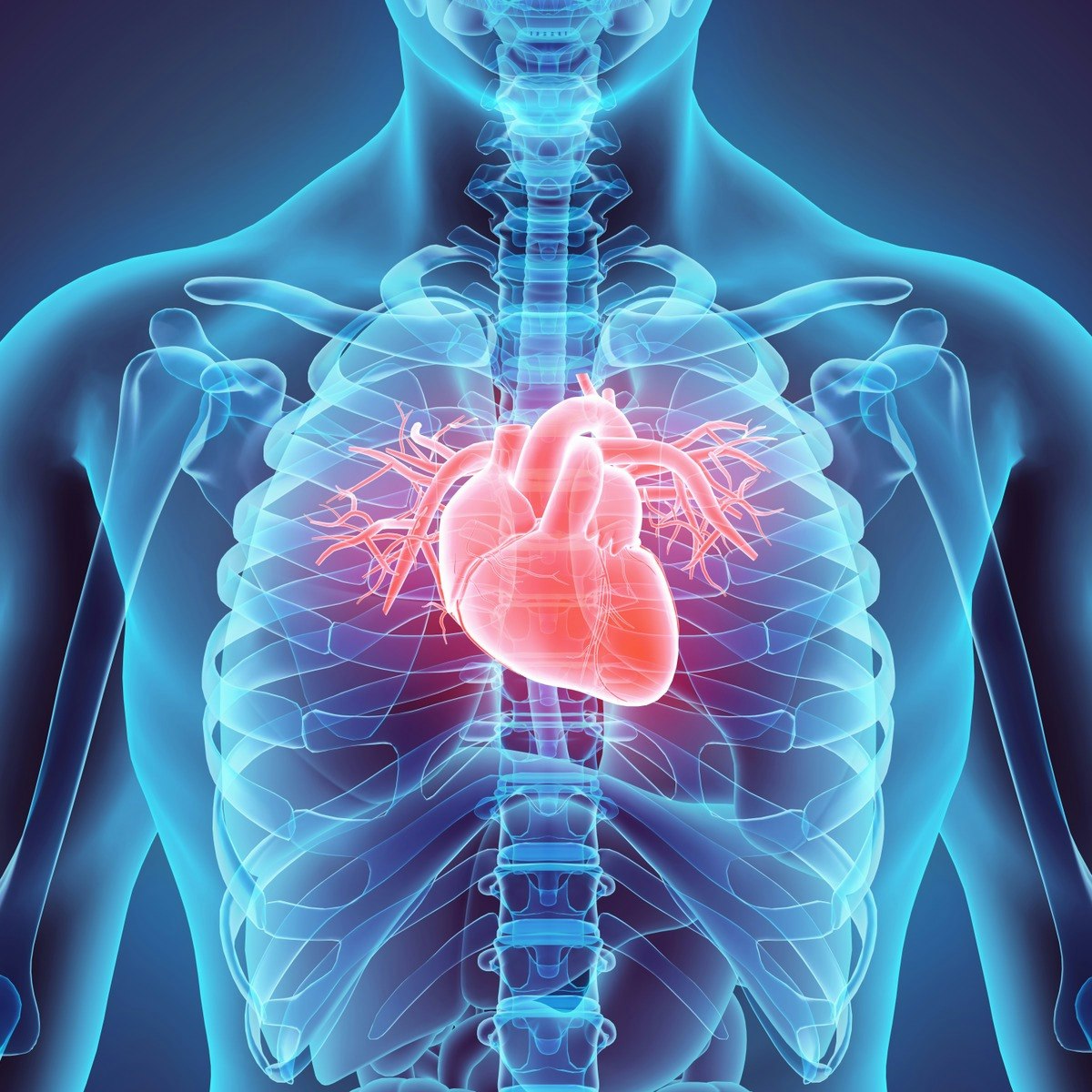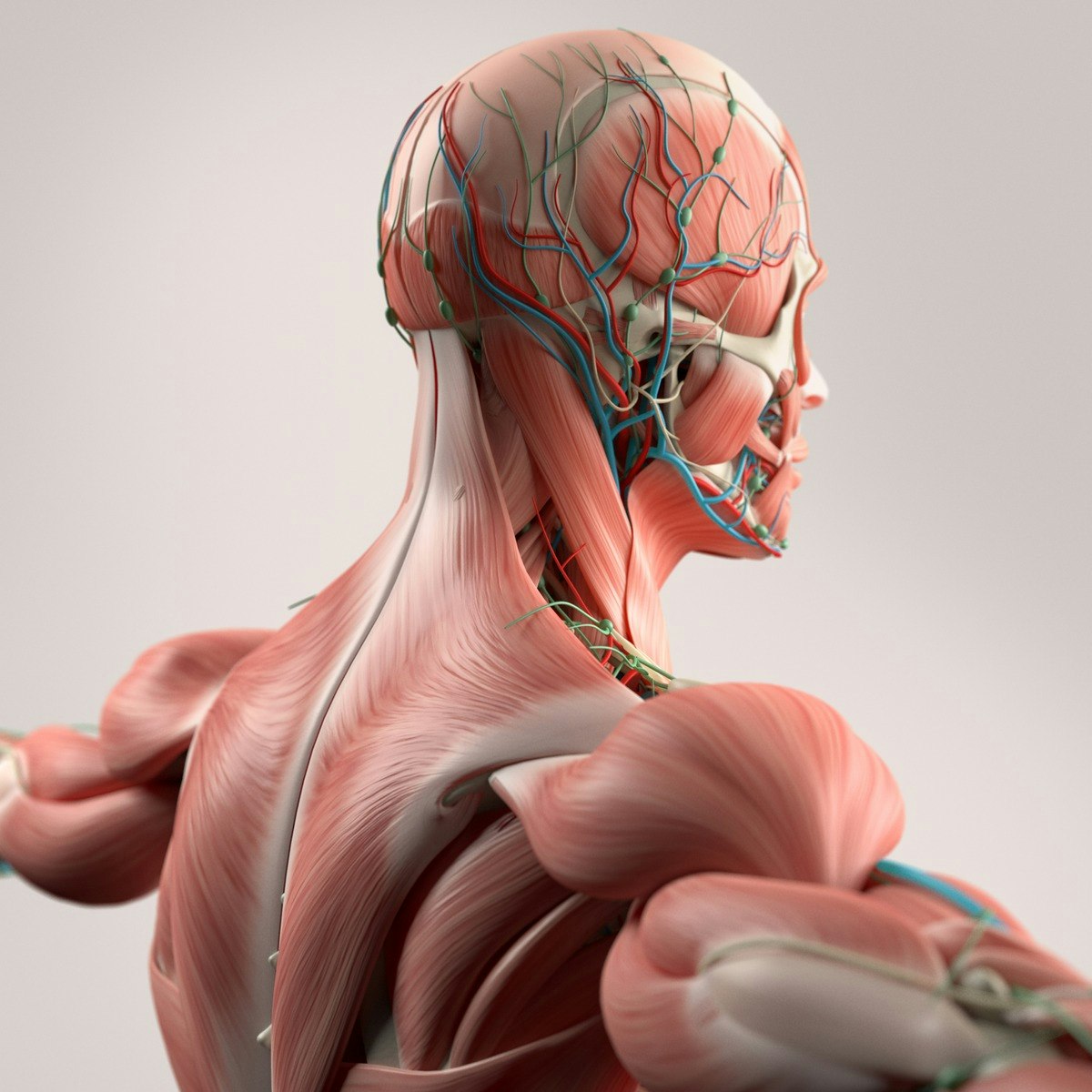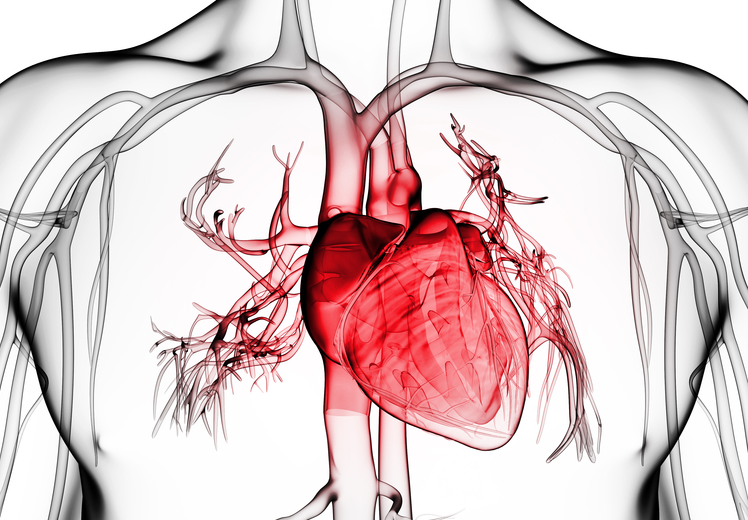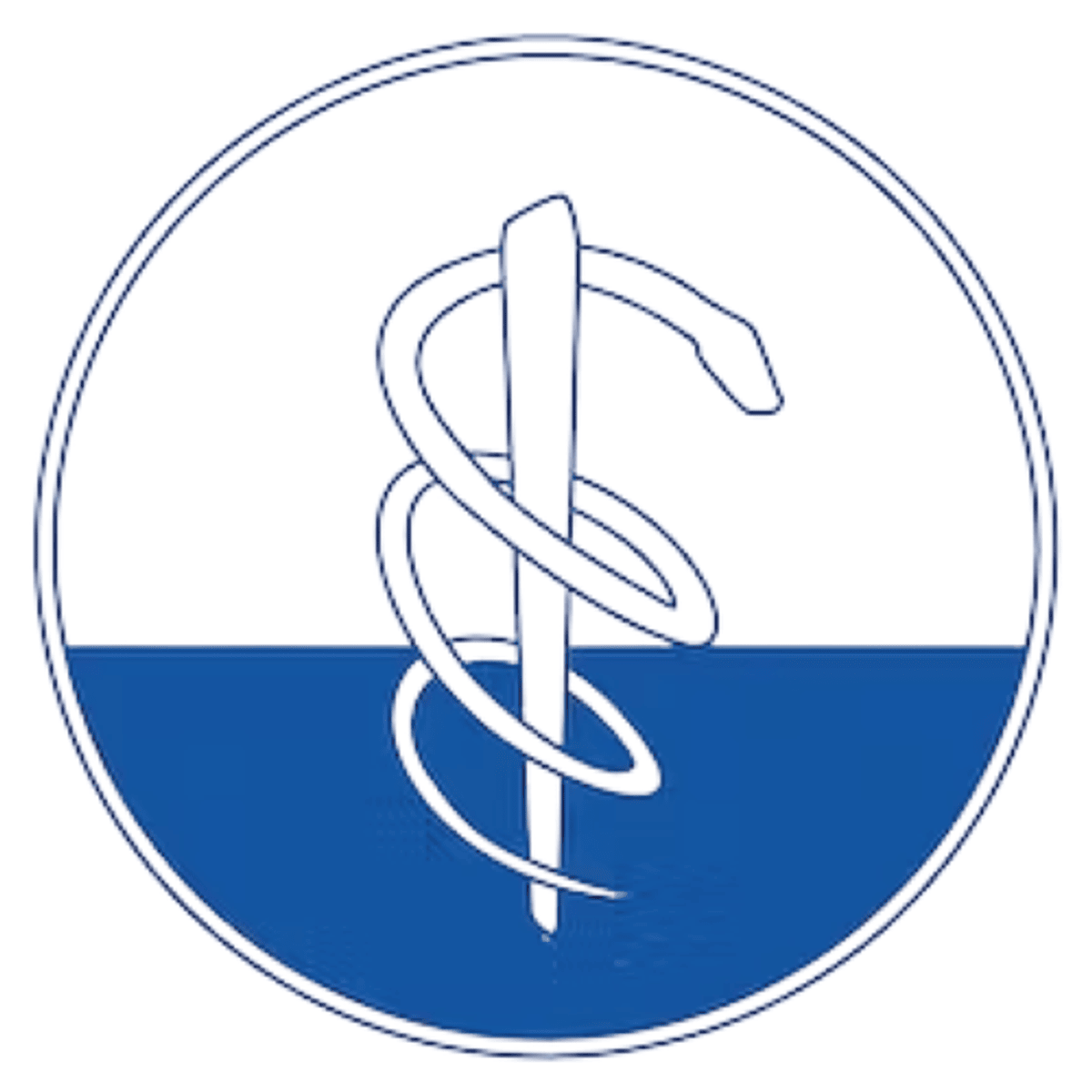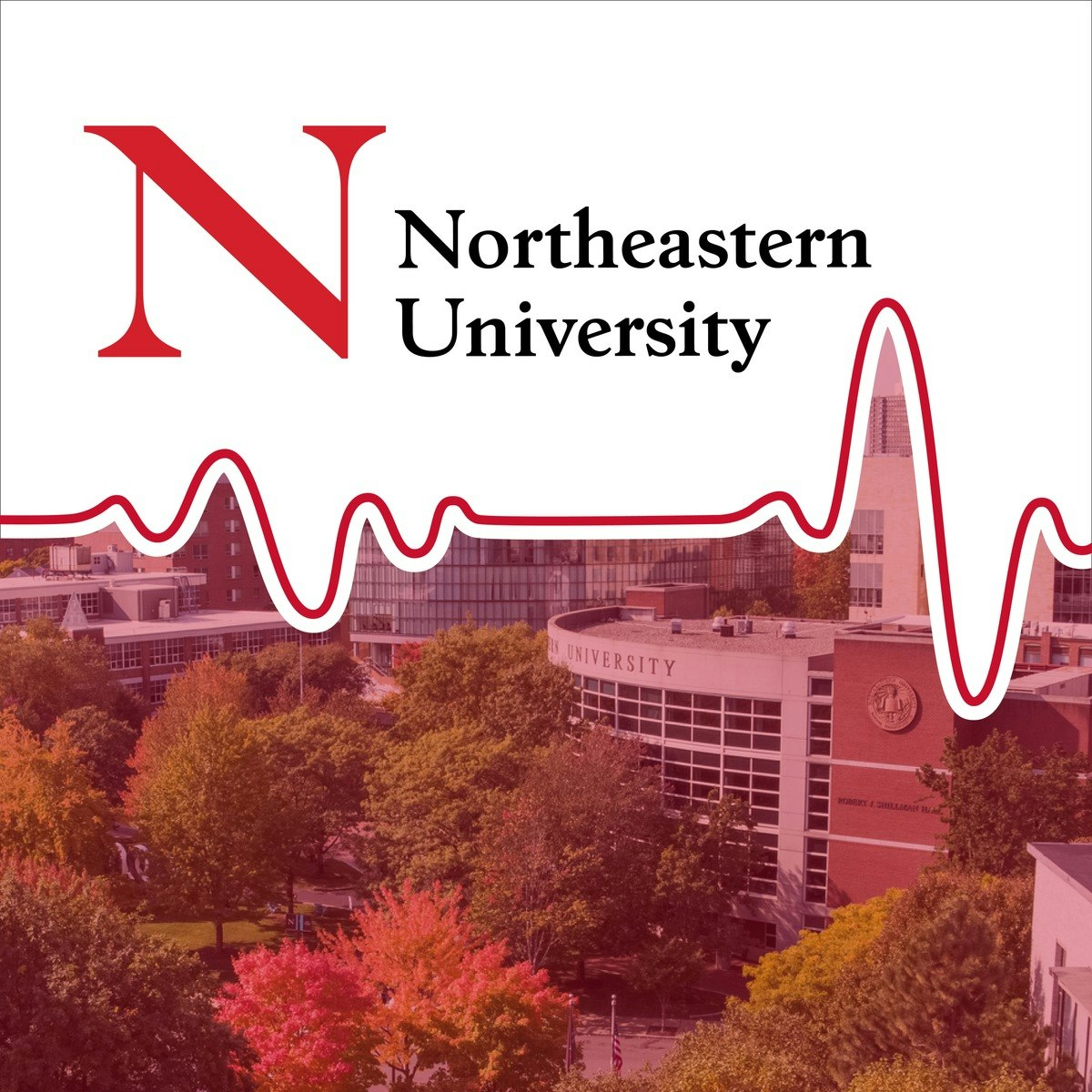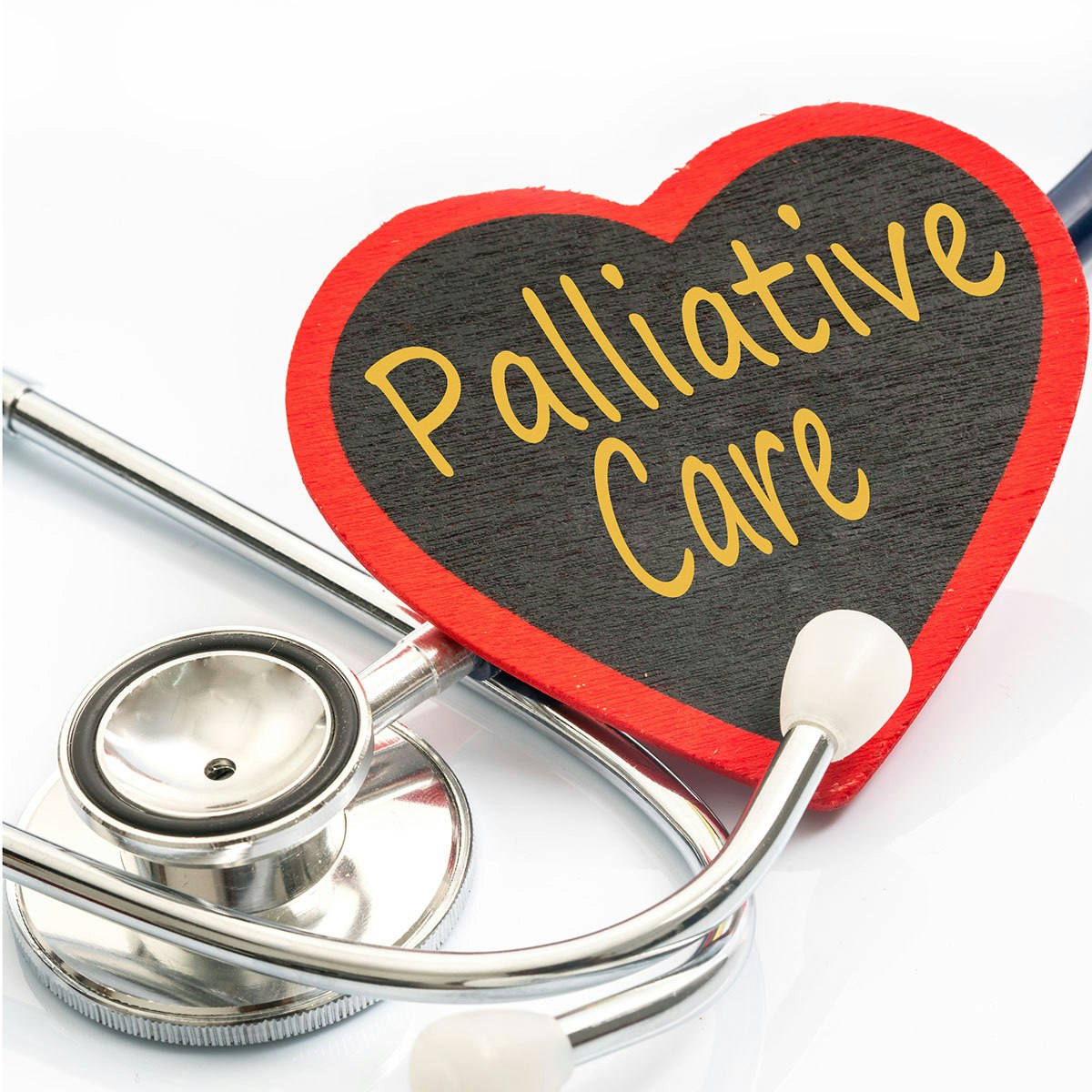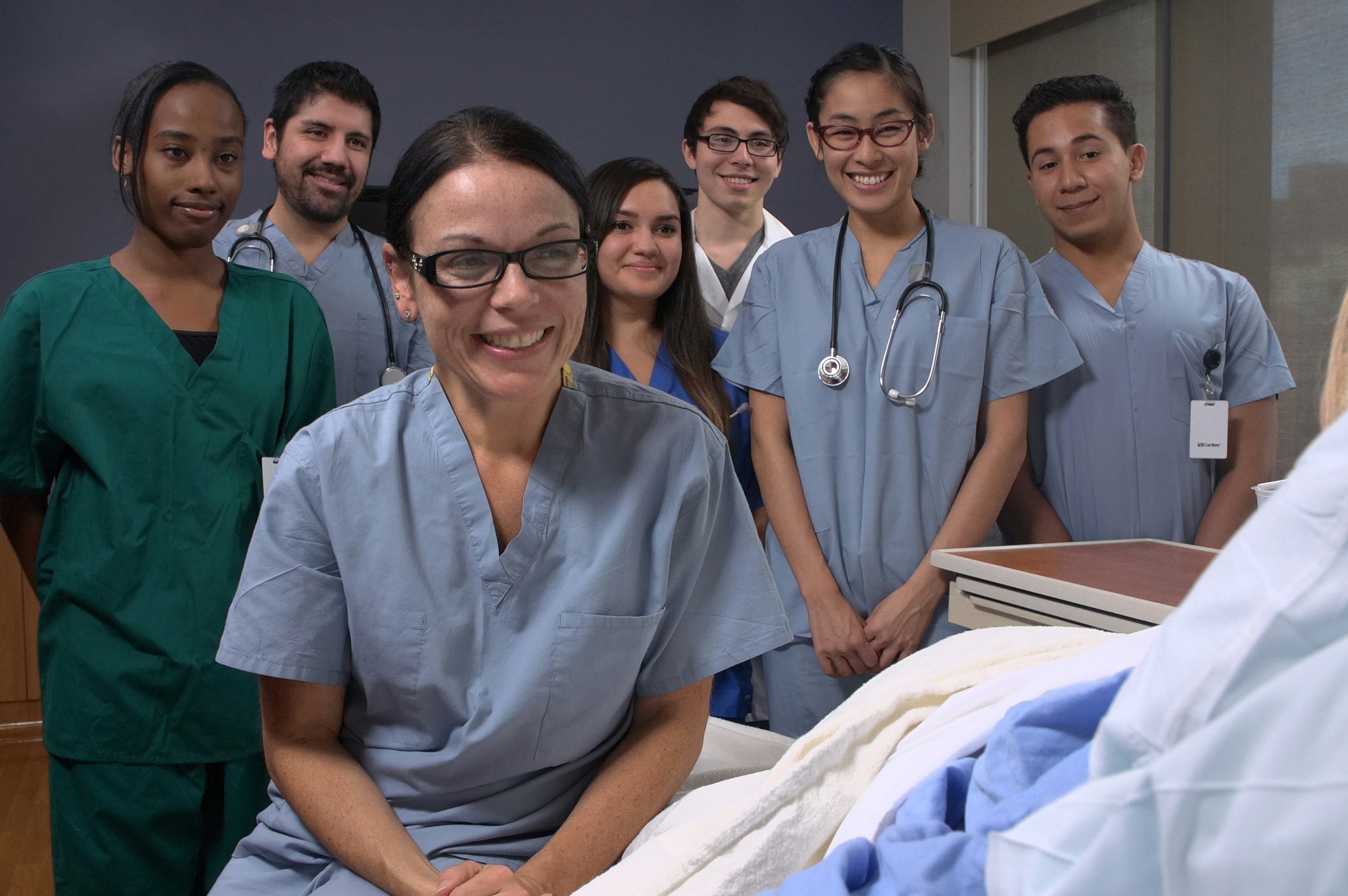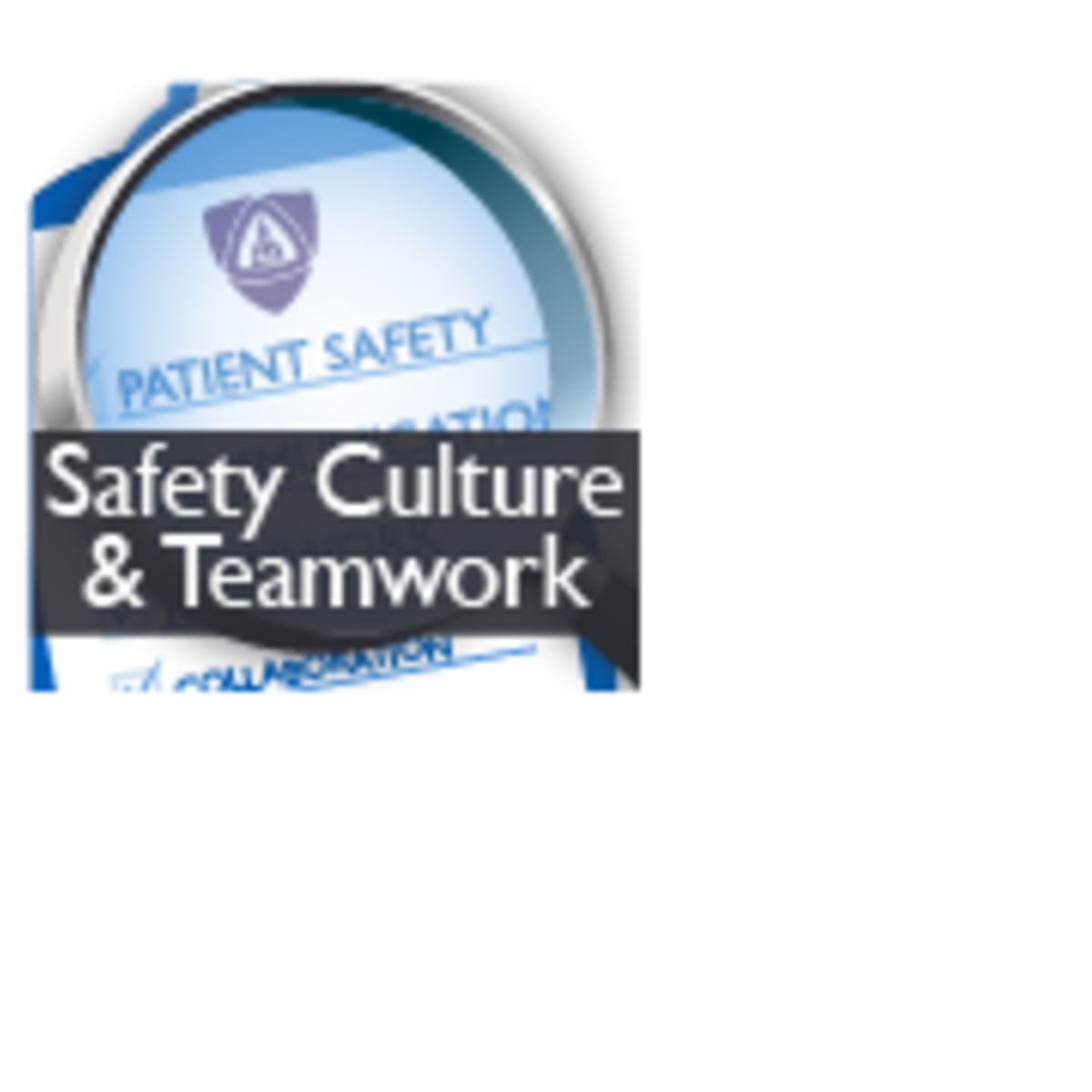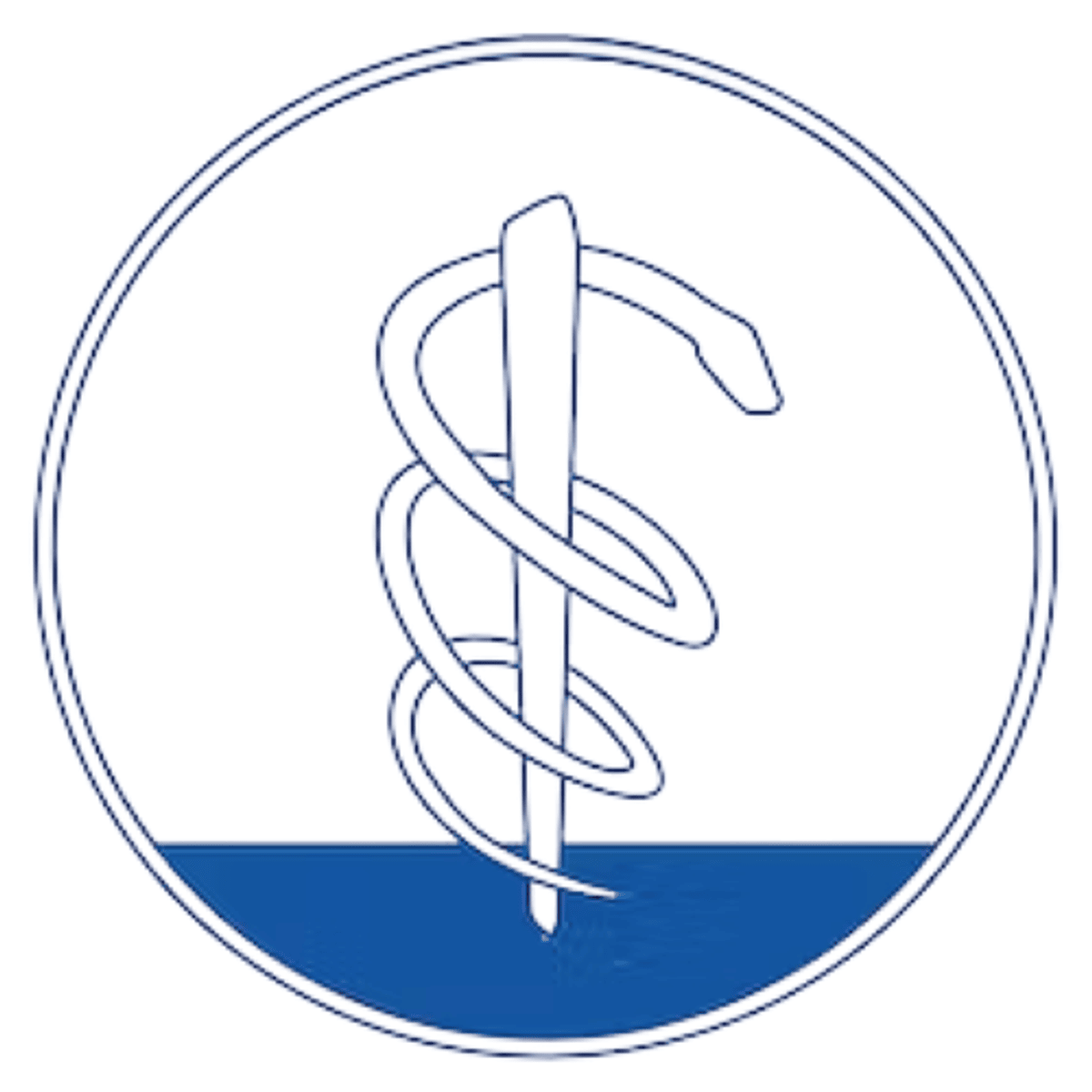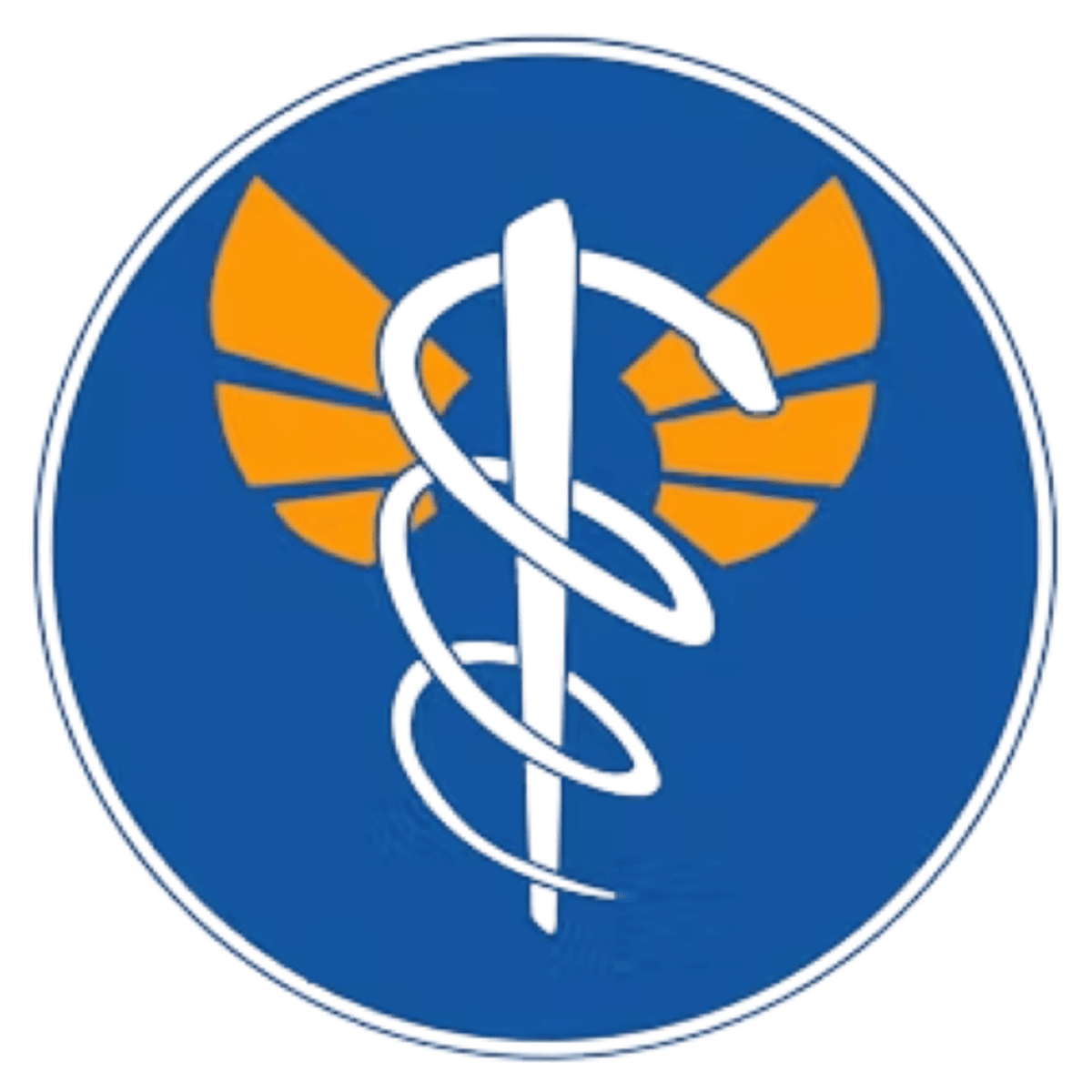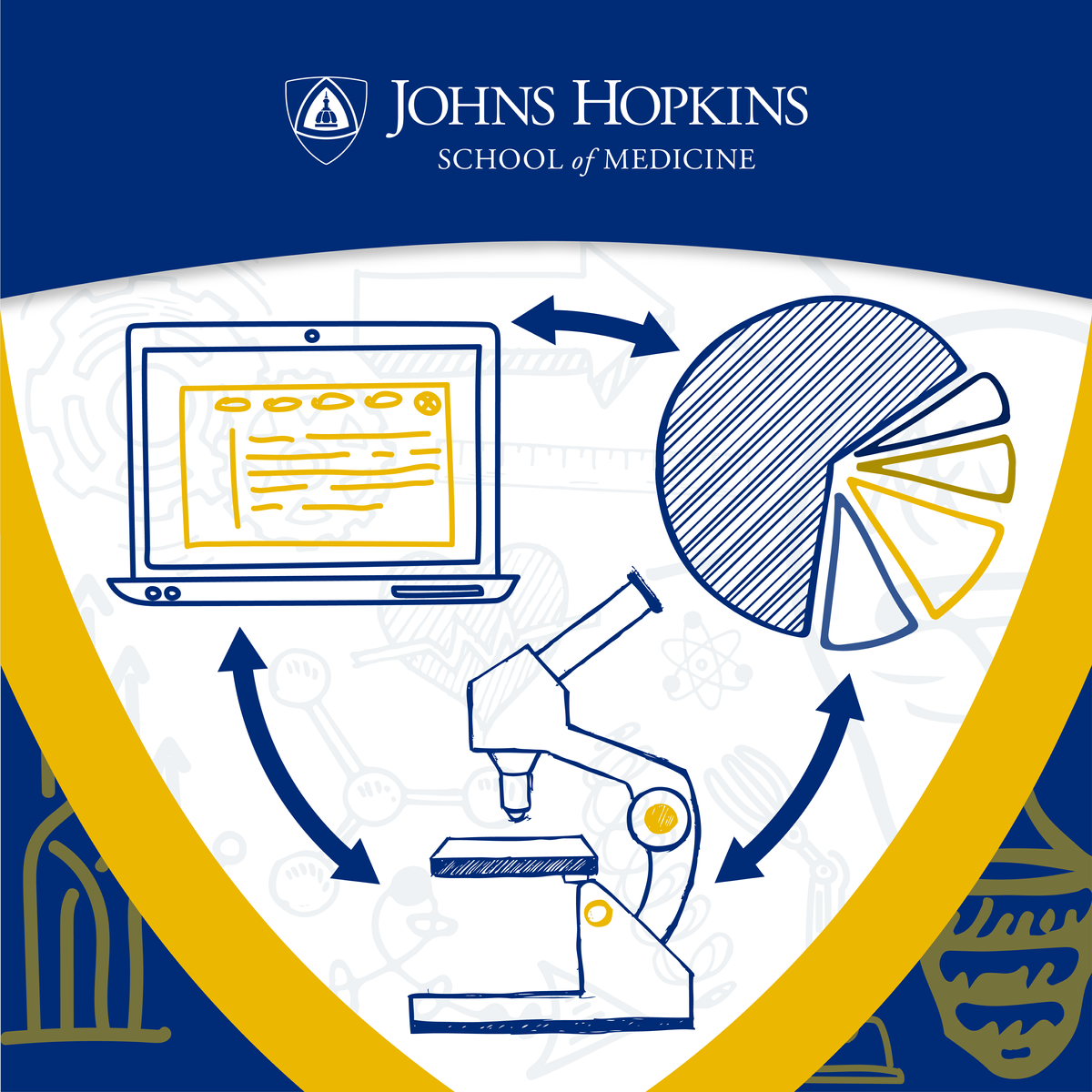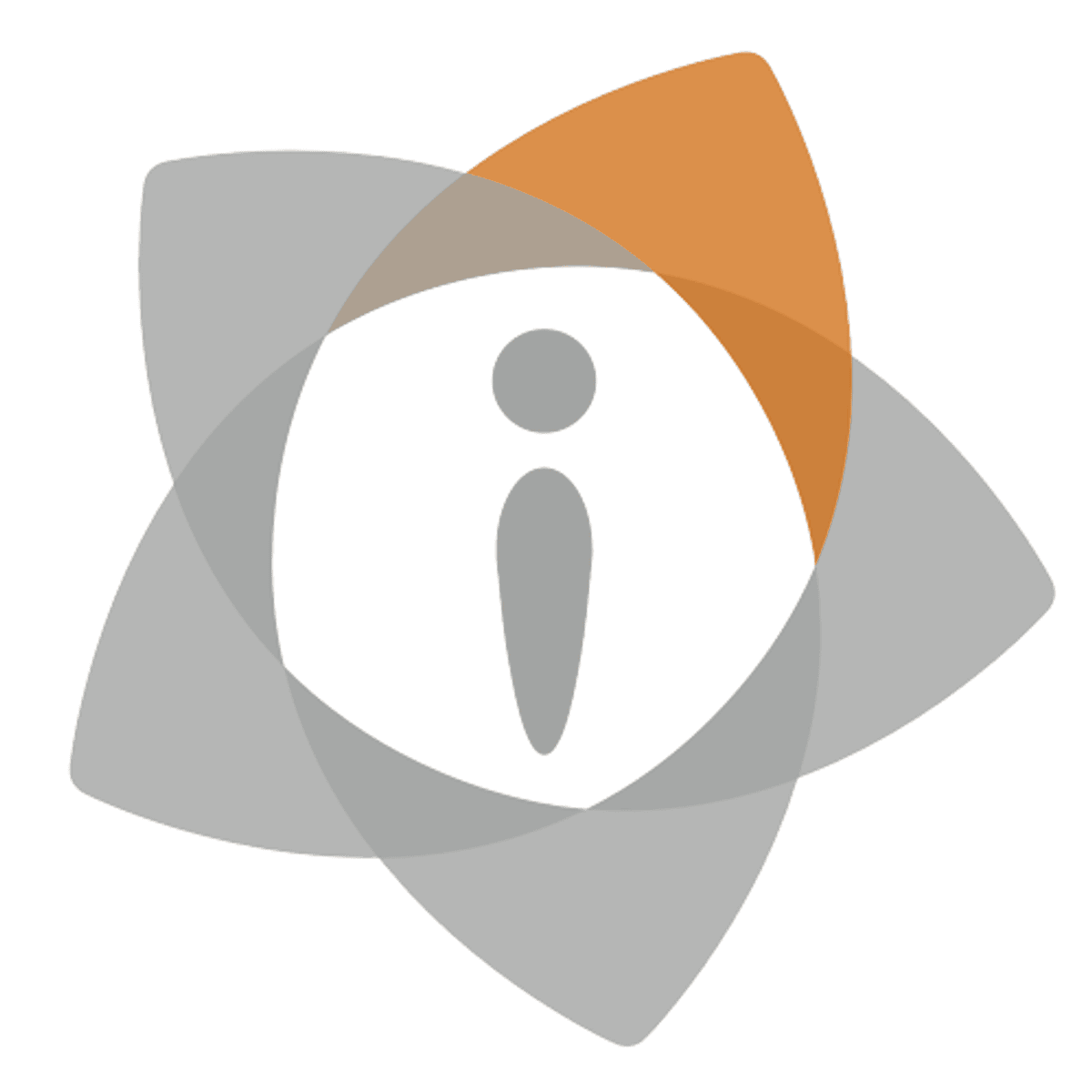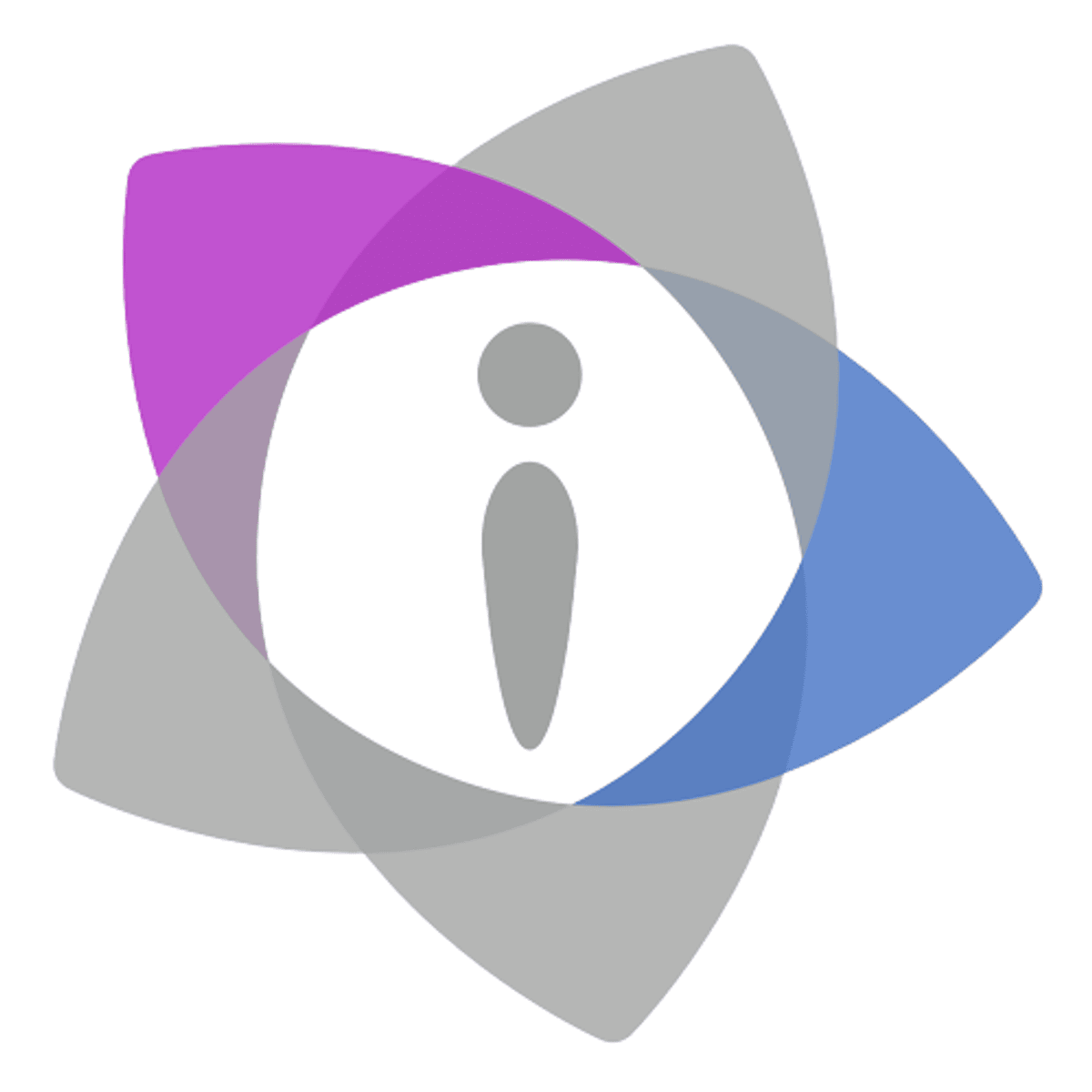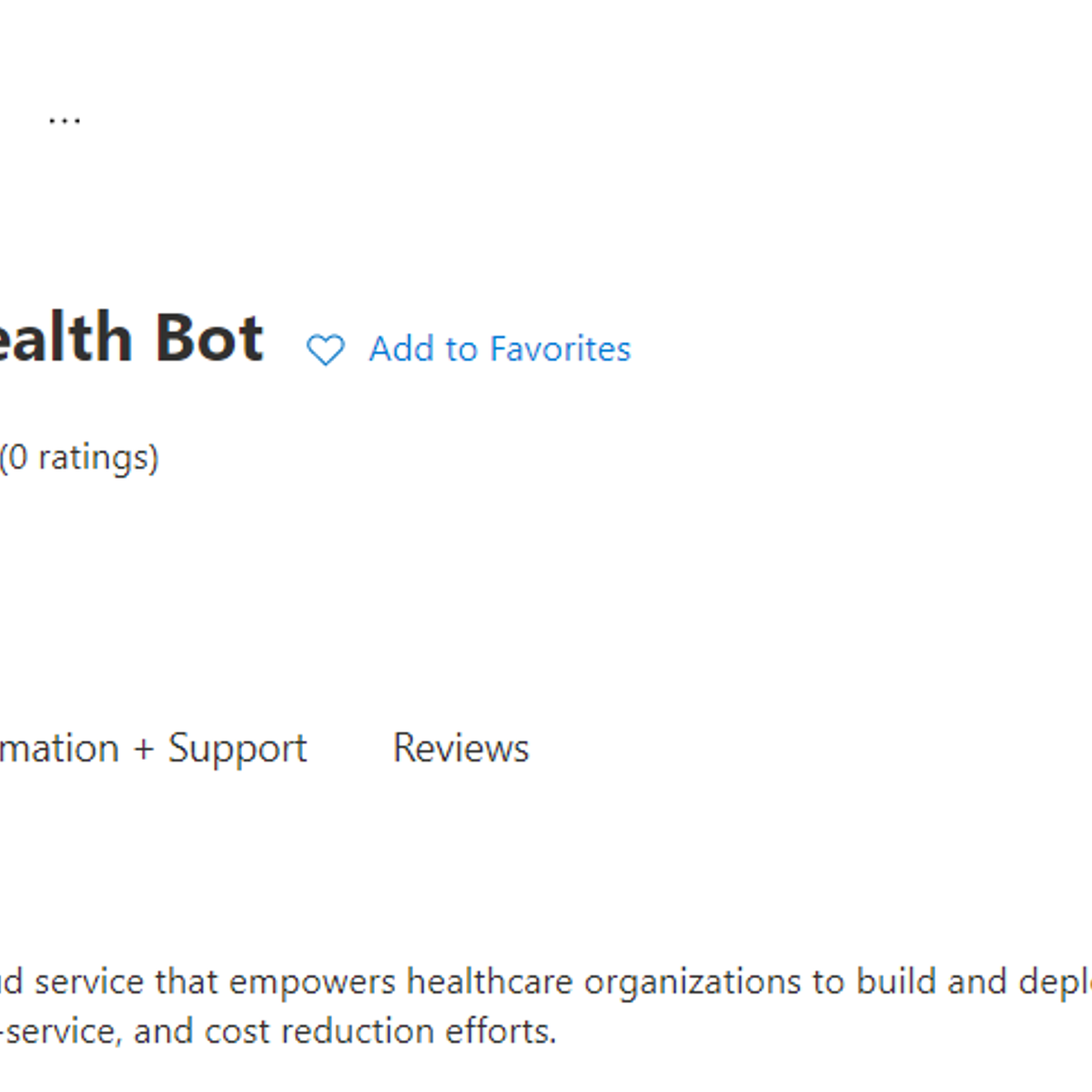Medical Assistant
I will now generate the HTML article about the career "Medical Assistant" based on the provided outline and instructions.
A Comprehensive Guide to a Career as a Medical Assistant
A medical assistant is a vital healthcare professional who supports the work of physicians and other healthcare providers by performing a wide range of administrative and clinical tasks. They are often the first point of contact for patients in various healthcare settings, including clinics, hospitals, and outpatient centers, playing a crucial role in the smooth operation of these facilities. This career path can be engaging due to the dynamic nature of the work, which combines direct patient interaction with essential behind-the-scenes responsibilities. Individuals in this role find satisfaction in contributing directly to patient care and the overall efficiency of the healthcare team. For those considering a career change or just starting to explore professional options, medical assisting offers a relatively quick entry into the healthcare field with strong job prospects. It's a role that requires both compassion and attention to detail, offering the chance to make a tangible difference in people's lives daily. While the work can be demanding, it also provides a sense of purpose and the opportunity to be part of a critical industry.Introduction to Medical Assistants
This section will delve into the specifics of what a medical assistant does, how the profession has evolved, and how it differs from other healthcare roles. Understanding these foundational aspects is key for anyone considering this career.Definition and Primary Role of a Medical Assistant
A medical assistant is a multi-skilled healthcare professional responsible for both clinical and administrative duties in various healthcare settings. Their primary role is to ensure that medical facilities run efficiently and that patients receive high-quality care and support. This involves a blend of tasks, from direct patient interaction to managing office operations. Medical assistants act as a crucial link between patients and physicians, often being the first and last person a patient interacts with during a visit. They help gather patient information, prepare patients for examinations, and assist physicians during procedures. Administratively, they handle tasks like scheduling appointments, managing patient records, and processing insurance information. The versatility of their role makes them indispensable members of the healthcare team. The ability to perform a diverse set of tasks means that medical assistants contribute significantly to the overall patient experience and the effectiveness of the healthcare practice. They help free up physicians and nurses to focus on more complex medical treatments by managing a variety of essential support functions. This blend of responsibilities makes the role both challenging and rewarding.Historical Evolution of the Profession
The medical assisting profession, as we recognize it today, has evolved significantly alongside the broader healthcare landscape. Initially, individuals performing these tasks often received informal, on-the-job training. However, as medical practices grew more complex and the demand for skilled support staff increased, the need for formalized training and standardization became apparent. In the mid-20th century, organizations dedicated to the professional development and certification of medical assistants began to emerge. This led to the establishment of educational standards and a more defined scope of practice for medical assistants. The increasing complexity of healthcare administration and the advent of new medical technologies further shaped the role, requiring medical assistants to develop a broader range of skills. Today, medical assistants are recognized as integral members of the healthcare team, with their roles continuing to adapt to changes in healthcare delivery, technology, and regulatory requirements. The profession emphasizes a combination of clinical proficiency and administrative competence, reflecting the evolving needs of modern medical practices. For individuals entering the field, this history underscores the importance of comprehensive training and continuous learning to meet the dynamic demands of healthcare.Key Distinctions Between Medical Assistants and Other Healthcare Roles
Understanding the distinctions between medical assistants, nurses (such as Registered Nurses or Licensed Practical Nurses), and Physician Assistants (PAs) is crucial for anyone considering a career in healthcare. While all these roles are vital to patient care, they differ significantly in terms of education, scope of practice, and primary responsibilities. Medical assistants primarily focus on supporting physicians with both clinical and administrative tasks. Their training programs are typically shorter, often resulting in a certificate or associate's degree. Their clinical duties are performed under the direct supervision of a physician and may include taking vital signs, preparing patients for exams, and assisting with minor procedures. Administratively, they handle patient scheduling, record-keeping, and billing. Nurses, on the other hand, generally have a more extensive scope of practice focused heavily on direct patient care, including administering medications, performing more complex medical procedures, and developing patient care plans. The educational path for nurses is typically longer, leading to an associate's or bachelor's degree for RNs, followed by licensure. Physician Assistants have an even broader scope of practice, which can include diagnosing illnesses, developing and managing treatment plans, and prescribing medications, all under the supervision of a physician. PAs require a master's degree and national certification and state licensure. While medical assistants provide essential support, nurses and PAs have a greater degree of autonomy and responsibility in patient care.For those interested in foundational medical knowledge, understanding the human body is a great starting point. These courses cover anatomy and physiology, which are core to many healthcare professions.
To further understand the healthcare environment, learning about medical terminology is invaluable. These resources can help build a strong vocabulary for medical settings.
Roles and Responsibilities of a Medical Assistant
Medical assistants perform a diverse array of tasks that are essential for the smooth operation of healthcare facilities and the delivery of quality patient care. Their duties can be broadly categorized into clinical and administrative responsibilities, and some may choose to specialize in particular areas of medicine.Clinical Duties
Medical assistants perform a variety of clinical tasks under the direct supervision of a physician or other licensed healthcare provider. These duties are fundamental to patient care and help ensure that examinations and procedures run smoothly. A significant part of their clinical role involves preparing patients for examinations by taking their medical histories and recording vital signs such as blood pressure, temperature, weight, and pulse. They also assist physicians during examinations, which might involve handing instruments and supplies to the physician or helping to position the patient. Depending on state regulations and the specific practice, medical assistants may be authorized to administer injections or medications as directed by a physician. Other common clinical tasks include drawing blood for laboratory tests, collecting and preparing other laboratory specimens, performing basic laboratory tests, sterilizing medical instruments, and changing dressings or removing sutures. They may also instruct patients about medications or dietary changes. The ability to perform these clinical tasks competently and compassionately is a hallmark of a skilled medical assistant. For individuals entering this career, mastering these hands-on skills is crucial for providing effective patient support and contributing to the healthcare team.Several online courses offer training in essential clinical skills and knowledge for medical assistants. These courses cover topics from basic patient care to more specific procedures like EKG and phlebotomy.
Understanding how to handle medical supplies and medications is also a key clinical skill. These courses touch upon pharmacology and the safe administration of medications.
For those interested in the broader context of patient care, including safety and ethical considerations, these resources are beneficial.
Administrative Tasks
In addition to their clinical responsibilities, medical assistants perform a wide array of administrative tasks that are crucial for the efficient operation of a medical office or clinic. These duties ensure that patient flow is managed effectively, records are maintained accurately, and communication with patients and other healthcare entities is handled professionally. Common administrative tasks include greeting patients, answering telephones, and scheduling appointments. Medical assistants are often responsible for managing patient records, which involves updating patient information, filing charts, and ensuring the confidentiality and accuracy of all medical documentation. They may also handle correspondence, manage office mail, and maintain an inventory of medical and office supplies, ordering new items as needed. Furthermore, medical assistants often play a role in billing and bookkeeping. This can include preparing and sending out bills, processing insurance forms, and communicating with insurance companies regarding claims and pre-authorizations. Proficiency in these administrative duties is essential for the smooth financial and operational functioning of a healthcare practice. For individuals considering this career, developing strong organizational and communication skills is as important as mastering clinical competencies.Online courses can help develop the administrative skills necessary for a medical assistant. These often cover topics like medical office procedures, patient records management, and healthcare communication.
To gain a deeper understanding of medical record-keeping and the terminology used in administrative tasks, these books can be very helpful.
Specializations Within the Field
While many medical assistants work in general medicine or primary care practices, there are also opportunities to specialize in various areas of healthcare. Specializing can allow medical assistants to focus their skills and knowledge on a particular type of patient population or medical field, which can be a rewarding aspect of the career. The specific duties in a specialized role may vary based on the needs of that particular medical specialty. For example, medical assistants might specialize in pediatrics, working with children from infancy through adolescence. In this role, they would need to be skilled in communicating with young patients and their families, administering pediatric-specific immunizations, and assisting with developmental screenings. Another common specialization is geriatrics, focusing on the care of elderly patients. This may involve managing chronic conditions, assisting with mobility issues, and understanding the unique health concerns of older adults. Other specializations can include working in ophthalmology or optometry, where medical assistants might instruct patients on contact lens care or perform basic vision tests. In cardiology, they might assist with electrocardiograms (EKGs) and stress tests. Podiatric medical assistants help with foot care, while those in dermatology might assist with skin biopsies and other minor skin procedures. Pursuing a specialization often involves additional on-the-job training or continuing education, allowing medical assistants to deepen their expertise in a chosen area.For those looking to specialize or gain deeper knowledge in specific medical areas, several courses are available. For instance, understanding cardiac care or specific conditions can be beneficial.
Books focusing on internal medicine or specific disease classifications provide comprehensive knowledge valuable for specialized roles.
Formal Education Pathways
Embarking on a career as a medical assistant typically involves specific educational preparation. Understanding the available pathways, from high school coursework to postsecondary programs and the importance of accreditation and hands-on training, is essential for aspiring medical assistants.High School Preparation
Laying a strong foundation in high school can be beneficial for students aspiring to become medical assistants. Taking courses in science subjects such as biology, chemistry, and anatomy provides a fundamental understanding of the human body and medical concepts, which will be further developed in postsecondary programs. These subjects can help students become familiar with scientific principles and terminology relevant to healthcare. In addition to science, courses in mathematics can be helpful for tasks such as calculating medication dosages (where permitted) and understanding medical measurements. English and communication classes are also important, as medical assistants need to communicate effectively with patients, physicians, and other healthcare professionals, both verbally and in writing. Developing strong interpersonal skills through extracurricular activities or part-time jobs that involve customer service can also be advantageous. While a high school diploma or GED is typically the minimum requirement to enter some on-the-job training positions, most employers prefer candidates who have completed a postsecondary medical assisting program. Therefore, focusing on relevant coursework in high school can better prepare students for the rigors of these programs and the demands of the profession.For high school students or those looking to build a foundational understanding before formal training, courses in basic sciences and health can be very useful. These introductory courses can ease the transition into more specialized medical assisting programs.
Books that provide a general overview of medical information or basic medical terminology can also be excellent preparatory resources.
Postsecondary Programs (Certificate vs. Associate Degree)
After high school, aspiring medical assistants typically pursue postsecondary education through either a certificate/diploma program or an associate's degree program. Certificate or diploma programs are generally shorter, often taking about one year to complete. These programs are focused specifically on providing the core knowledge and skills needed for medical assisting and are offered at community colleges, vocational schools, and technical schools. An associate's degree in medical assisting usually takes about two years to complete and is also offered at community colleges and some universities. In addition to the core medical assisting curriculum, associate's degree programs typically include more general education courses, which can provide a broader educational foundation. This can sometimes be an advantage for those who may wish to pursue further education or different healthcare roles in the future. The choice between a certificate/diploma and an associate's degree often depends on an individual's career goals, timeline, and financial resources. Both pathways can prepare graduates for entry-level positions and certification exams. It's important for prospective students to research programs carefully and consider factors such as program length, cost, curriculum, and the availability of clinical externships.Many institutions offer comprehensive medical assisting programs, either as certificates or associate's degrees. Online platforms also provide foundational courses that can supplement or form part of these programs.
Books on medical terminology are essential companions to any medical assisting program, helping students master the language of medicine.
Accreditation Standards
When choosing a medical assisting program, accreditation is a critical factor to consider. Accreditation signifies that a program has met certain quality standards set by an external accrediting agency recognized by the U.S. Department of Education. Two prominent accrediting bodies for medical assisting programs are the Commission on Accreditation of Allied Health Education Programs (CAAHEP) and the Accrediting Bureau of Health Education Schools (ABHES). Graduating from an accredited program is often a prerequisite for sitting for major certification examinations, such as the Certified Medical Assistant (CMA) exam offered by the American Association of Medical Assistants (AAMA) or the Registered Medical Assistant (RMA) exam from American Medical Technologists (AMT). Employers often prefer to hire graduates from accredited programs because it provides an assurance of the candidate's educational quality and preparedness for the role. Accredited programs undergo rigorous reviews of their curriculum, faculty qualifications, student support services, and graduate outcomes. This process helps ensure that students receive a comprehensive education that aligns with industry standards and best practices. Prospective students should verify the accreditation status of any medical assisting program they are considering to ensure they are making a sound educational investment that will support their career aspirations. Information on accredited programs can usually be found on the websites of CAAHEP and ABHES.Clinical Externships and Hands-on Training Requirements
Hands-on training through clinical externships is a vital component of most medical assisting education programs. These externships provide students with the opportunity to apply the knowledge and skills learned in the classroom and laboratory settings to real-world healthcare environments. Typically, externships take place in physician's offices, clinics, or other healthcare facilities under the supervision of experienced medical professionals. During an externship, students gain practical experience in performing both clinical and administrative tasks. This might include taking patient histories, measuring vital signs, assisting with examinations, performing basic laboratory procedures, scheduling appointments, and managing patient records. This supervised practice is invaluable for building confidence, refining technical skills, and understanding the day-to-day realities of the medical assisting profession. The length of an externship can vary but often involves a minimum number of hours, such as 160 hours, as part of the program requirements. Successfully completing a clinical externship not only fulfills educational requirements but also enhances a graduate's employability. It demonstrates to potential employers that the candidate has practical experience and is prepared to contribute effectively from day one. Furthermore, externships can provide valuable networking opportunities and may sometimes lead directly to job offers.While full externships require in-person participation, some online courses offer foundational knowledge that prepares students for these hands-on experiences or simulates clinical scenarios.
Books detailing clinical procedures and patient safety are excellent resources for supplementing the practical knowledge gained during externships.
Online and Hybrid Learning Options
The landscape of education is continually evolving, and medical assisting programs are no exception. Online and hybrid learning options have become increasingly available, offering flexibility for individuals who may be balancing studies with work, family, or other commitments. These formats can make pursuing a medical assisting education more accessible.Feasibility of Hybrid Programs
Hybrid medical assisting programs offer a blend of online coursework for theoretical learning and in-person sessions for practical, hands-on skills development. This model has gained popularity because it combines the flexibility of distance learning with the essential requirement for practical training in a clinical profession. Students can often complete a significant portion of their didactic learning—such as medical terminology, anatomy and physiology, and healthcare law and ethics—through online modules, lectures, and assignments. The in-person component of a hybrid program typically involves on-campus lab sessions where students practice clinical skills like taking vital signs, administering injections (with appropriate supervision and in accordance with state regulations), performing phlebotomy, and assisting with simulated patient examinations. Clinical externships, a crucial part of any medical assisting program, are also conducted in person at approved healthcare facilities. This ensures students gain real-world experience. For career pivoters or self-directed learners, hybrid programs can be an attractive option. They allow for a more flexible study schedule while still providing the indispensable hands-on training required to become a competent medical assistant. Prospective students should carefully evaluate hybrid programs to understand the balance of online and in-person requirements and ensure the program is accredited.Several online courses can form the theoretical backbone of a hybrid medical assisting program, covering essential topics that can be learned remotely before engaging in in-person labs and externships.
record:13
record:12
record:25
record:17
Topics Commonly Covered in Virtual Courses
Virtual courses, whether part of a fully online or hybrid medical assisting program, cover a wide range of foundational and specialized topics. These online components are designed to provide students with the theoretical knowledge necessary to excel in both administrative and clinical aspects of the role. Common subjects include medical terminology, which is essential for understanding and using the language of medicine accurately. Anatomy and physiology courses provide a detailed understanding of the human body's structure and function, which is crucial for many clinical tasks. Pharmacology introduces students to different types of medications, their uses, administration routes, and potential side effects. Courses on medical law and ethics cover important topics like HIPAA (Health Insurance Portability and Accountability Act), patient confidentiality, consent, and professional conduct. Administrative topics frequently taught online include medical office procedures, patient scheduling, medical records management (including Electronic Health Record - EHR systems), and basic medical coding and billing. Some programs also offer modules on communication skills, patient psychology, and infection control. While the practical application of these topics often requires in-person training, online courses provide a comprehensive theoretical grounding.OpenCourser offers a variety of courses that delve into these essential topics, allowing learners to build a strong knowledge base at their own pace. Exploring Health & Medicine courses on OpenCourser can provide numerous options for these subjects.
To supplement online learning, comprehensive medical dictionaries and texts on pharmacology and patient safety are invaluable resources.
Strategies for Supplementing Online Learning with Hands-on Experience
While online learning offers flexibility and accessibility for the theoretical components of medical assisting education, it's crucial to supplement this with practical, hands-on experience. This is essential for developing the clinical competencies required for the job and for building confidence in real-world healthcare settings. One primary way to gain this experience is through the clinical externship component, which is an integral part of accredited medical assisting programs, including many hybrid and even some fully online programs that partner with local facilities. Beyond formal externships, students can proactively seek volunteer opportunities in healthcare settings like hospitals, clinics, or nursing homes. While these roles might not involve the full scope of medical assisting duties, they can provide valuable exposure to the healthcare environment, patient interaction, and teamwork. Practicing skills learned online, such as taking vital signs (on family members or fellow students, if appropriate and guided by instructors), can also reinforce learning. Some online programs incorporate simulation tools or virtual labs to help students practice procedures before they encounter them in a clinical setting. Additionally, networking with healthcare professionals and seeking mentorship can provide insights and potential opportunities for hands-on learning. For those transitioning careers, any prior experience involving patient care or customer service can also be leveraged and built upon. The key is to be proactive in seeking out and maximizing opportunities for practical skill development.Courses that focus on specific practical skills, even if taught online, can provide a good foundation before seeking in-person practice. For instance, understanding first aid or basic life support procedures is fundamental.
Books that focus on emergency medicine or clinical procedures can also serve as excellent references to complement hands-on training.
Certification and Licensing Requirements
Navigating the landscape of certification and licensing is a critical step for any aspiring medical assistant. While requirements can vary, understanding the major certifications, state-specific mandates, and continuing education obligations is key to a successful career in this field.Comparison of Major Certifications (CMA vs. RMA vs. NCMA)
Several nationally recognized certifications are available for medical assistants, and obtaining one can significantly enhance employment prospects and demonstrate a commitment to the profession. The most prominent certifications include the Certified Medical Assistant (CMA) from the American Association of Medical Assistants (AAMA), the Registered Medical Assistant (RMA) from American Medical Technologists (AMT), and the National Certified Medical Assistant (NCMA) from the National Center for Competency Testing (NCCT). Another widely recognized certification is the Certified Clinical Medical Assistant (CCMA) from the National Healthcareer Association (NHA). Eligibility requirements for these certifications typically involve graduating from an accredited medical assisting program or having a certain amount of work experience. For example, to sit for the CMA (AAMA) exam, candidates generally must graduate from a medical assisting program accredited by CAAHEP or ABHES. RMA (AMT) eligibility can be met through graduation from an accredited program, military medical services experience, or several years of work experience as a medical assistant. NCMA and CCMA exams also have specific educational or experiential pathways. The exams themselves cover a broad range of topics, including administrative procedures, clinical patient care, anatomy and physiology, medical terminology, and medical law and ethics. While the core competencies assessed are similar, there might be slight differences in emphasis or exam format. Prospective medical assistants should research the specific requirements and recognition of each certification in their state and by potential employers. Many employers prefer or even require certification.If you are preparing for certification, courses that cover a broad range of medical assisting topics, including both clinical and administrative skills, can be beneficial. OpenCourser's Test Prep section may also offer resources for exam preparation.
State-Specific Licensing Mandates
Unlike some other healthcare professions, such as nursing, most states do not currently require medical assistants to be licensed. However, the regulatory landscape can vary significantly from one state to another. Washington state is a notable exception, as it does require medical assistants to be licensed or registered with the state Department of Health to practice. Even in states without mandatory licensure, there may be specific regulations governing the scope of practice for medical assistants, particularly for tasks like administering injections or performing certain diagnostic tests. Some states may require medical assistants to be certified to perform specific duties, such as administering injections, even if general licensure is not mandated. For example, New Jersey and South Dakota have such requirements for injections. Massachusetts allows certified medical assistants who have graduated from accredited programs to administer immunizations under specific conditions. It is crucial for aspiring and practicing medical assistants to be aware of and comply with the specific laws and regulations in the state where they intend to work. Information on state-specific requirements can usually be obtained from the state's Board of Medical Examiners, Department of Health, or other relevant licensing agency. Employers are also a key source of information regarding local requirements and preferences.CEU Requirements and Renewal Processes
Maintaining certification as a medical assistant typically requires ongoing professional development through continuing education units (CEUs). Most certifying bodies, including the AAMA (for CMAs), AMT (for RMAs), NCCT (for NCMAs), and NHA (for CCMAs), have specific requirements for recertification, which usually involves earning a certain number of CEUs within a set period. For example, the CMA (AAMA) certification is valid for 60 months (5 years) and requires recertification either by re-examination or by accumulating CEUs. The CCMA certification must be renewed every two years. CEUs can be earned through various activities, such as attending workshops, seminars, conferences, completing online courses, or participating in other approved educational programs. These activities are designed to help medical assistants stay current with advances in medical knowledge, technology, and healthcare regulations. The specific number of CEUs required and the types of activities that qualify can vary depending on the certifying organization. The renewal process typically involves submitting documentation of completed CEUs and paying a renewal fee to the certifying body before the certification expiration date. Failing to meet recertification requirements can result in the lapse of certification, which may affect employment. Therefore, it is important for certified medical assistants to plan and track their continuing education activities throughout their certification cycle to ensure they remain in good standing.Career Progression and Advancement
A career as a medical assistant can serve as an excellent entry point into the healthcare field, offering various opportunities for growth and advancement, both vertically within the medical assisting role and laterally into related healthcare professions. Understanding these pathways can help individuals plan their long-term career trajectory.Typical Entry-Level Positions and Starting Salaries
Upon completing their education and obtaining certification (if pursued or required), medical assistants typically find entry-level positions in a variety of healthcare settings. The most common employers are physicians' offices, but opportunities also exist in hospitals, outpatient clinics, urgent care centers, and specialized practices such as chiropractic or optometry offices. Entry-level roles generally involve performing a mix of clinical and administrative duties, providing a broad foundation of experience. Starting salaries for medical assistants can vary based on geographic location, the type and size of the healthcare facility, the candidate's education and certifications, and overall market demand. According to the U.S. Bureau of Labor Statistics (BLS), the median annual wage for medical assistants was $44,200 in May 2024. The BLS also notes that the lowest 10 percent earned less than $33,500, and the highest 10 percent earned more than $56,480. It's important to research salary expectations for your specific region, as wages can differ significantly. Some sources indicate an average starting salary around $37,190. While entry-level salaries provide a starting point, there is potential for wage growth with experience, additional skills, and assumption of more responsibilities. The strong job outlook for medical assistants, with a projected growth rate of 15% from 2023 to 2033, also suggests continued demand, which can positively influence earning potential over time.Vertical Advancement Paths
Within the field of medical assisting, there are opportunities for vertical advancement, allowing experienced and skilled medical assistants to take on roles with increased responsibility and leadership. One common path is to advance into an office manager or administrative lead position within a clinic or physician's practice. In this capacity, they would oversee the daily administrative operations, manage staff schedules, handle complex billing and insurance issues, and ensure the overall efficiency of the office. Another avenue for advancement is to become a clinical team lead or supervisor. This role might involve mentoring and training new medical assistants, coordinating clinical workflows, managing medical supplies and equipment, and ensuring compliance with clinical protocols and safety standards. Some medical assistants with a passion for education may pursue roles as medical assistant instructors at vocational schools, community colleges, or technical institutes, sharing their knowledge and experience with the next generation of professionals. Further specialization can also lead to advancement. For example, a medical assistant might become highly proficient in a specific area like phlebotomy, EKG technology, or medical coding, potentially leading to specialized technician roles or supervisory positions within those departments. Achieving additional certifications in specialized areas can also support vertical career growth and potentially increase earning potential. These advancements often require a combination of experience, demonstrated leadership skills, and sometimes additional education or training.Lateral Moves into Related Healthcare Fields
A career as a medical assistant can also serve as a valuable stepping stone for individuals interested in transitioning into other related healthcare professions. The foundational knowledge of medical terminology, anatomy, patient care, and healthcare operations gained as a medical assistant provides a strong basis for further education and career development in various allied health fields. One common lateral move is into nursing. Some medical assistants decide to pursue a Licensed Practical Nurse (LPN) or Registered Nurse (RN) program. Their prior experience can be advantageous in nursing school and in understanding patient needs. Similarly, some may choose to become radiologic technologists, surgical technologists, or pharmacy technicians, leveraging their clinical and administrative background. Other potential pathways include roles in healthcare administration or management, where the skills gained in managing medical offices and patient records are highly transferable. Some may also venture into health informatics, working with electronic health records systems, or into medical billing and coding as specialized coders. Pursuing these lateral moves typically requires additional formal education, training, and often licensure or certification specific to the new role. However, the experience as a medical assistant can provide a clearer understanding of the healthcare environment and help inform these career decisions.Work Environment and Physical Demands
Understanding the typical work environment and the physical demands of being a medical assistant is important for anyone considering this career. These factors can significantly influence daily job satisfaction and long-term well-being.Common Workplace Settings
Medical assistants are employed in a diverse range of healthcare settings. The most prevalent workplace is physicians' offices, which can include general or family practices as well as various specialty clinics like cardiology, dermatology, or pediatrics. In these settings, medical assistants work closely with doctors and nurses, providing direct support for patient care and office administration. Beyond private practices, hospitals also employ medical assistants in various departments, including outpatient clinics, emergency rooms, and specialized units. Outpatient care centers, urgent care facilities, and ambulatory surgery centers are other common environments where medical assistants play a key role in managing patient flow and assisting with procedures. Additionally, medical assistants may find opportunities in more specialized settings such as chiropractic offices, podiatry clinics, optometry or ophthalmology practices, and rehabilitation centers. The nature of their work and the specific tasks they perform can vary somewhat depending on the type and size of the facility and its specialty. This variety in potential workplaces offers flexibility and the chance to find an environment that aligns with individual preferences and career interests.Ergonomic Challenges and Injury Prevention
The work of a medical assistant can present certain ergonomic challenges due to the nature of the tasks performed. Medical assistants often spend considerable time on their feet, walking between exam rooms, the front desk, and storage areas. They may also engage in repetitive motions, such as when performing data entry, drawing blood, or assisting with procedures. Lifting or repositioning patients, although less frequent than in some other healthcare roles, can also occur and poses a risk if not done correctly. These physical demands can potentially lead to musculoskeletal issues, such as back pain, neck and shoulder strain, or carpal tunnel syndrome, if proper ergonomic principles are not followed. Therefore, understanding and implementing injury prevention strategies is crucial. This includes using proper body mechanics when lifting or moving patients or equipment, ensuring workstations are ergonomically designed (e.g., adjustable chair height, proper monitor placement), and taking regular short breaks to stretch and change positions. Employers have a responsibility to provide a safe working environment, which may include ergonomic assessments and training. Medical assistants themselves should be proactive in learning about and practicing safe work habits to minimize the risk of workplace injuries and maintain their physical well-being throughout their careers.Courses on workplace safety and ergonomics can be beneficial for understanding how to mitigate physical risks in a healthcare setting.
Shift Structures and Overtime Expectations
The work schedule for medical assistants can vary depending on the healthcare setting. Many medical assistants work full-time, which typically amounts to around 40 hours per week. In physician's offices or clinics that operate during standard business hours, medical assistants often work regular daytime shifts, for example, from 8 a.m. to 5 p.m. on weekdays. However, in facilities that provide care outside of typical business hours, such as hospitals, urgent care centers, or 24-hour clinics, medical assistants may be required to work evenings, nights, weekends, and holidays. Shift structures in these settings can include five 8-hour shifts per week or sometimes three 12-hour shifts. Flexibility in scheduling is often necessary in these roles. Overtime may also be a possibility, particularly in busy practices or during times of staffing shortages. According to the U.S. Department of Labor, non-exempt healthcare employees are entitled to overtime pay for hours worked over 40 in a workweek. Medical assistants might arrive early to prepare for the day or stay late to finish tasks like completing patient charts or restocking supplies. It's important for those considering this career to be aware of the potential for varied shift work and overtime, especially if seeking employment in hospital or urgent care environments.Understanding labor laws and typical work structures in healthcare can be helpful. While not specific to medical assistants, broader courses on healthcare management might touch upon these aspects.
Technological Competencies for Modern Medical Assistants
In today's rapidly evolving healthcare landscape, technological proficiency is no longer optional but a fundamental requirement for medical assistants. From managing patient data to facilitating remote care, technology plays a central role in modern medical practices. Mastering these tools is essential for efficiency, accuracy, and providing high-quality patient care.Electronic Health Record (EHR) Systems Proficiency
Proficiency in using Electronic Health Record (EHR) or Electronic Medical Record (EMR) systems is a critical skill for modern medical assistants. These digital platforms have largely replaced paper charts and are used to store, manage, and share patient health information. Medical assistants routinely interact with EHR systems to perform a variety of tasks, contributing to the seamless flow of information within a healthcare facility. Common EHR tasks include entering and updating patient demographics, recording medical histories, documenting vital signs, and inputting physician's notes and orders. They may also use EHR systems to schedule appointments, manage referrals, send messages to patients or other providers, and process prescription refills. Ensuring the accuracy and completeness of data entered into the EHR is paramount, as this information is crucial for diagnosis, treatment, billing, and legal purposes. Familiarity with EHR software, understanding its functionalities, and adhering to data entry protocols are essential. Many medical assisting programs now include training on EHR systems. For those already in the field or looking to enter, seeking opportunities to learn and practice with different EHR platforms can significantly enhance employability and effectiveness in the role. Maintaining patient confidentiality and adhering to HIPAA regulations while using EHR systems is also a critical responsibility.Telehealth Platform Navigation Skills
The use of telehealth has expanded significantly, becoming an integral part of healthcare delivery. Medical assistants are increasingly involved in supporting telehealth services, making proficiency in navigating these platforms a valuable skill. Telehealth allows patients to consult with healthcare providers remotely, using video conferencing, secure messaging, or other digital communication tools. Medical assistants may play a role in scheduling telehealth appointments, preparing patients for virtual visits by providing instructions on how to connect and use the platform, and troubleshooting basic technical issues. They might also assist in gathering preliminary patient information before the virtual consultation or help document the encounter in the EHR system afterwards. In some cases, they may facilitate the virtual visit itself, ensuring the technology is working correctly and that both the patient and provider can communicate effectively. Understanding the workflows associated with telehealth, being comfortable with video conferencing software and other communication technologies, and maintaining patient privacy and security in a virtual environment are key competencies. As telehealth continues to evolve, medical assistants who are adept at using these platforms will be well-positioned to support modern healthcare practices.Learning about telehealth and digital health can be beneficial. Courses in these areas introduce the technologies and practices involved in remote healthcare delivery.
Medical Billing Software (e.g., ICD-10 Coding Basics)
While some larger practices may have dedicated medical billers and coders, medical assistants, particularly in smaller offices, are often involved in aspects of medical billing and coding. This requires familiarity with medical billing software and a basic understanding of coding systems like the International Classification of Diseases, Tenth Revision (ICD-10), and Current Procedural Terminology (CPT). Medical assistants may use billing software to enter patient charges, generate claims, post payments, and follow up on unpaid claims. Basic knowledge of ICD-10 codes, which are used to classify diseases and health problems, and CPT codes, which describe medical, surgical, and diagnostic services, is essential for accurate claim submission. This helps ensure that healthcare providers are reimbursed correctly and in a timely manner by insurance companies and government payers like Medicare and Medicaid. Understanding the revenue cycle, from patient registration and insurance verification to claim submission and payment posting, is beneficial. While medical assistants may not perform complex coding, having a foundational knowledge allows them to assist with administrative tasks related to billing, answer patient questions about their bills, and ensure that the information provided to billers and coders is accurate and complete. Courses covering medical office administration often touch upon these topics.For those looking to understand medical coding and billing in more detail, specific courses and resources are available. OpenCourser's search for medical billing and coding can provide relevant learning materials.
Ethical Considerations in Medical Assisting
Ethical conduct is a cornerstone of the healthcare professions, and medical assistants are no exception. They are entrusted with sensitive patient information and play a direct role in patient care, making a strong understanding of ethical principles and legal obligations essential. Adherence to these standards protects patients, maintains public trust, and upholds the integrity of the profession.HIPAA Compliance and Patient Confidentiality
One of the most critical ethical and legal responsibilities for medical assistants is ensuring compliance with the Health Insurance Portability and Accountability Act (HIPAA). HIPAA provides federal protections for personal health information held by covered entities and gives patients an array of rights with respect to that information. Medical assistants handle a significant amount of protected health information (PHI) daily, from patient charts and test results to billing information and appointment schedules. Maintaining patient confidentiality is paramount. This means not discussing patient information in public areas where it can be overheard, ensuring that computer screens displaying PHI are not visible to unauthorized individuals, and only accessing patient information on a need-to-know basis for job-related duties. Medical assistants must also be knowledgeable about patient rights under HIPAA, such as the right to access their medical records and the right to request amendments to incorrect information. Breaches of confidentiality can have serious consequences, including legal penalties for the healthcare facility and the individual, loss of patient trust, and damage to the reputation of the practice. Therefore, thorough training on HIPAA regulations and ongoing vigilance in protecting patient privacy are essential components of a medical assistant's professional responsibilities.Understanding healthcare ethics, patient safety, and legal aspects is crucial. These courses cover principles relevant to HIPAA and maintaining patient confidentiality.
Cultural Competency in Diverse Patient Populations
Healthcare settings serve increasingly diverse patient populations, encompassing a wide range of cultural backgrounds, beliefs, languages, and practices. Cultural competency is the ability of healthcare providers and organizations to deliver effective, quality care to patients from diverse backgrounds. For medical assistants, who are often the first point of contact, demonstrating cultural sensitivity and respect is crucial for building trust and ensuring positive patient experiences. This involves being aware of one's own cultural biases and assumptions and striving to understand and respect the cultural perspectives of patients. Effective communication is key, which may include using plain language, avoiding medical jargon, and utilizing interpreter services when language barriers exist. Understanding how cultural beliefs might influence a patient's health decisions, communication style, or comfort level with certain procedures can help medical assistants provide more patient-centered care. Developing cultural competency is an ongoing process that requires continuous learning and self-reflection. It contributes to reducing health disparities and improving health outcomes for all patients. Many healthcare organizations provide training in cultural competency, and medical assistants should actively engage in these opportunities to enhance their ability to care for a diverse patient base effectively and respectfully.Several courses address the importance of communication and understanding diverse populations in healthcare. These can help build skills in cultural competency.
Books on social determinants of health can provide a broader understanding of how diverse backgrounds impact health.
End-of-Life Care Documentation Protocols
While medical assistants may not be the primary decision-makers in end-of-life care, they can play a supportive role in ensuring that patient wishes are documented accurately and respectfully, and that communication with patients and families is handled with sensitivity. This can involve tasks related to advance directives, such as living wills or durable power of attorney for healthcare, and ensuring these documents are correctly filed in the patient's medical record. Medical assistants may also be involved in scheduling appointments for discussions about palliative care or hospice services and may help prepare materials or rooms for these sensitive conversations. Accurate and timely documentation of discussions, decisions, and any changes in a patient's condition related to end-of-life care is critical. They must handle these situations with utmost empathy, professionalism, and adherence to privacy regulations. Understanding the ethical and emotional complexities surrounding end-of-life care is important. Medical assistants should be familiar with their facility's protocols for handling these situations and should always act with compassion and respect for the patient's dignity and autonomy. Training in communication skills, particularly active listening and empathy, is invaluable when interacting with patients and families during these challenging times.Courses on palliative care and communication skills can provide valuable insights into handling sensitive situations like end-of-life care discussions and documentation.
Books dealing with patient communication and medical ethics can also offer guidance in these sensitive areas.
Frequently Asked Questions (Career Focus)
This section addresses some common questions that individuals considering a career as a medical assistant often have. The answers aim to provide practical insights to help with career planning and decision-making.What is the average career span for medical assistants?
The career span for a medical assistant can vary widely depending on individual career goals, opportunities for advancement, and personal circumstances. Some medical assistants find long-term satisfaction in the role and remain in the profession for many years, continually updating their skills and knowledge. The diverse nature of the duties and the ability to work in various healthcare settings can keep the job engaging. For others, medical assisting serves as an entry point into the healthcare field, providing valuable experience before they pursue further education or transition into other healthcare roles, such as nursing, healthcare administration, or specialized technician positions. The skills and knowledge gained as a medical assistant are highly transferable and can provide a solid foundation for these transitions. There isn't a definitive "average" career span that applies to everyone. Factors such as job satisfaction, work-life balance, opportunities for growth within their current role or organization, and personal aspirations all play a part in determining how long an individual chooses to work as a medical assistant. The strong projected job growth in the field also suggests ongoing opportunities for those who wish to build a lasting career.Can medical assistants specialize in areas like phlebotomy or EKGs?
Yes, medical assistants can often develop specialized skills in areas like phlebotomy (drawing blood) and performing electrocardiograms (EKGs). While general medical assisting programs provide foundational training in these procedures, some medical assistants choose to gain more in-depth expertise through additional on-the-job training, workshops, or specialized certification programs. For instance, a medical assistant might become the primary phlebotomist in a clinic, responsible for most blood draws and specimen processing. Similarly, one might become highly proficient in operating EKG machines and preparing patients for cardiac testing. Some employers may actively encourage or provide opportunities for medical assistants to develop these specialized skills to meet the needs of the practice. Obtaining additional certifications in these specialized areas, such as a Phlebotomy Technician Certification (CPT) or an EKG Technician Certification (CET), can further validate these skills and potentially lead to more focused roles or increased responsibilities. These specializations can make a medical assistant a more versatile and valuable member of the healthcare team.How does military medical training translate to civilian certification?
Individuals who have received medical training during their service in the U.S. Armed Forces may find that their experience and skills are transferable to a civilian career as a medical assistant. Many of the clinical and administrative tasks performed by military medics or corpsmen align with the responsibilities of civilian medical assistants. Some medical assistant certification bodies, like American Medical Technologists (AMT) for the Registered Medical Assistant (RMA) credential, have specific eligibility pathways for military personnel. This may involve providing documentation of military medical training and experience in lieu of graduating from a traditional civilian medical assisting program. The Washington State Department of Health also acknowledges that military training or experience can satisfy their training requirements, provided it's deemed substantially equivalent. It is important for veterans to carefully review the specific requirements of the certification or state licensing body they are interested in. They may need to provide transcripts of their military training, service records, and potentially letters of verification. Some additional coursework or a refresher course might occasionally be necessary to bridge any gaps between military training and civilian certification standards. Several organizations and resources are available to help veterans translate their military experience into civilian healthcare careers.What are the implications of AI on future job prospects?
Artificial intelligence (AI) is increasingly being integrated into various aspects of healthcare, and it will likely have implications for the role of medical assistants. However, the consensus is generally that AI will augment rather than replace medical assistants. AI tools can help automate certain routine administrative tasks, such as appointment scheduling, data entry, or initial patient screening, potentially freeing up medical assistants to focus on more complex clinical duties and direct patient interaction. For instance, AI-powered scribes could assist with documentation, or AI algorithms might help in identifying patterns in patient data for preventative care. This could lead to a shift in the skill set required, with a greater emphasis on technological literacy, data interpretation, and managing AI-assisted workflows. Medical assistants who are adaptable and willing to learn new technologies will likely be well-positioned for the future. While AI may change some aspects of the job, the compassionate, human-to-human interaction and the ability to perform hands-on clinical tasks will remain crucial. The projected strong job growth for medical assistants also suggests that the demand for their services will continue, even as technology evolves. The key will be to embrace AI as a tool to enhance efficiency and patient care.Courses in digital health and AI in healthcare can provide insights into how technology is shaping the medical field.
Is cross-state reciprocity available for certifications?
National medical assistant certifications like the CMA (AAMA), RMA (AMT), NCMA (NCCT), and CCMA (NHA) are generally recognized across the United States. This means that if you earn one of these certifications, it is typically accepted by employers in different states without needing to re-test, provided the certification is current and in good standing. This portability is a significant advantage for medical assistants who may relocate. However, it is important to distinguish between national certification and state-specific licensing or registration. As mentioned earlier, most states do not require medical assistants to be licensed. But in states that do have such requirements (like Washington), or in states that regulate specific tasks (like administering injections), you will need to meet those particular state mandates regardless of your national certification status. This might involve applying for a state license or registration and potentially meeting additional criteria. Therefore, while your national certification itself is generally portable, you must always check the specific regulations of the state where you plan to work to ensure you meet all legal requirements to practice as a medical assistant in that jurisdiction. Contacting the state's Board of Medical Examiners or Department of Health is the best way to get accurate and up-to-date information.Do medical assistants qualify for public service loan forgiveness?
The Public Service Loan Forgiveness (PSLF) Program is a federal program that forgives the remaining balance on Direct Loans after an individual has made 120 qualifying monthly payments while working full-time for a qualifying employer. Qualifying employers include government organizations (federal, state, local, or tribal) and not-for-profit organizations that are tax-exempt under Section 501(c)(3) of the Internal Revenue Code. Medical assistants who are employed full-time by a qualifying public service employer, such as a public hospital, a clinic run by a state or local government, or a non-profit healthcare organization, may be eligible for PSLF, provided they meet all other program requirements related to their federal student loans. It's important to note that working for a for-profit healthcare system or private physician's office would generally not qualify for PSLF, even though it is in the healthcare field. Individuals interested in PSLF should carefully review the detailed eligibility criteria on the official Federal Student Aid website (studentaid.gov). This includes understanding what constitutes a qualifying employer, qualifying loans, and qualifying payments. It is advisable to submit the PSLF Certification & Application form annually or when changing employers to help track progress toward forgiveness.The Unique Challenges and Rewards of a Medical Assisting Career
Like any profession, a career as a medical assistant comes with its own unique set of challenges and rewards. Understanding both sides can help individuals make an informed decision about whether this path aligns with their personal strengths, preferences, and career aspirations. It’s a field that demands dedication but also offers significant personal and professional fulfillment.Navigating a Fast-Paced Environment
Medical offices and clinics are often busy, fast-paced environments. Medical assistants must be adept at multitasking, managing multiple patient needs simultaneously, and adapting quickly to changing priorities. They might be answering phones, rooming patients, assisting with procedures, and updating records all within a short timeframe. This requires excellent organizational skills, the ability to stay calm under pressure, and efficient time management. The constant flow of patients and tasks can be invigorating for some, but it can also be a source of stress if not managed effectively. Learning to prioritize tasks, communicate effectively with the team, and develop coping mechanisms for stress are important for thriving in this environment. While demanding, the ability to successfully navigate this dynamic setting can be a significant source of professional satisfaction. For those considering this career, it’s helpful to reflect on whether they are comfortable with a high-energy workplace that requires quick thinking and adaptability. Shadowing a medical assistant or speaking with professionals in the field can provide valuable insights into the daily pace and demands.The Emotional Landscape: Empathy and Resilience
Working closely with individuals who are ill, injured, or anxious requires a high degree of empathy and emotional resilience. Medical assistants are often the first healthcare professional a patient interacts with, and their ability to show compassion and understanding can significantly impact the patient's experience. They may encounter patients who are in pain, scared, or frustrated, and being able to respond with kindness and patience is crucial. This emotional labor can be rewarding, as medical assistants have the opportunity to make a positive difference in people's lives during vulnerable times. However, it can also be emotionally draining, especially when dealing with difficult situations or patients facing serious health challenges. Witnessing patient suffering or loss can take an emotional toll. Developing coping strategies, practicing self-care, and having a supportive network are important for maintaining emotional well-being. Resilience—the ability to bounce back from challenging experiences—is a key attribute. While the emotional demands are real, the deep sense of purpose derived from helping others is a significant reward for many in this profession.Courses focusing on mental health, resilience, and communication can be beneficial for developing the emotional intelligence needed in healthcare.
The Satisfaction of Making a Difference
Despite the challenges, one ofr the most significant rewards of being a medical assistant is the profound satisfaction that comes from making a tangible difference in the lives of patients. Medical assistants play a direct role in patient care, whether it's by taking accurate vital signs that aid in diagnosis, assisting a physician during a critical procedure, or simply offering a reassuring word to an anxious patient. Their contributions, both clinical and administrative, are essential to the smooth functioning of healthcare facilities and ensure that patients receive timely and efficient care. Knowing that their work directly impacts patient well-being and supports the efforts of the entire healthcare team can be incredibly fulfilling. The variety in their daily tasks also means that the job often remains interesting and engaging. For individuals motivated by a desire to help others and contribute to their community's health, a career as a medical assistant offers a direct path to do so. The gratitude expressed by patients and the sense of teamwork within a healthcare setting are often cited as major sources of job satisfaction. This intrinsic reward can be a powerful motivator, helping to navigate the more demanding aspects of the profession.Conclusion
The career of a Medical Assistant is a dynamic and essential role within the healthcare sector, offering a blend of clinical and administrative responsibilities. It provides a relatively accessible entry point into the medical field with strong job growth projections, making it an attractive option for many. The path involves formal education, often culminating in certification, and requires a commitment to lifelong learning to keep pace with medical advancements and technological changes. While the work can be demanding, requiring adaptability, compassion, and resilience, it also offers the profound reward of directly contributing to patient care and well-being. For those seeking a challenging yet fulfilling career where they can make a tangible difference, becoming a medical assistant is a path worth careful consideration. With a variety of work settings and opportunities for specialization and advancement, it can be a stepping stone to further healthcare careers or a satisfying long-term profession. Explore the many resources available on OpenCourser to find courses and books that can help you start or advance your journey in this vital healthcare role. You can also browse our Health & Medicine course category for more options.



